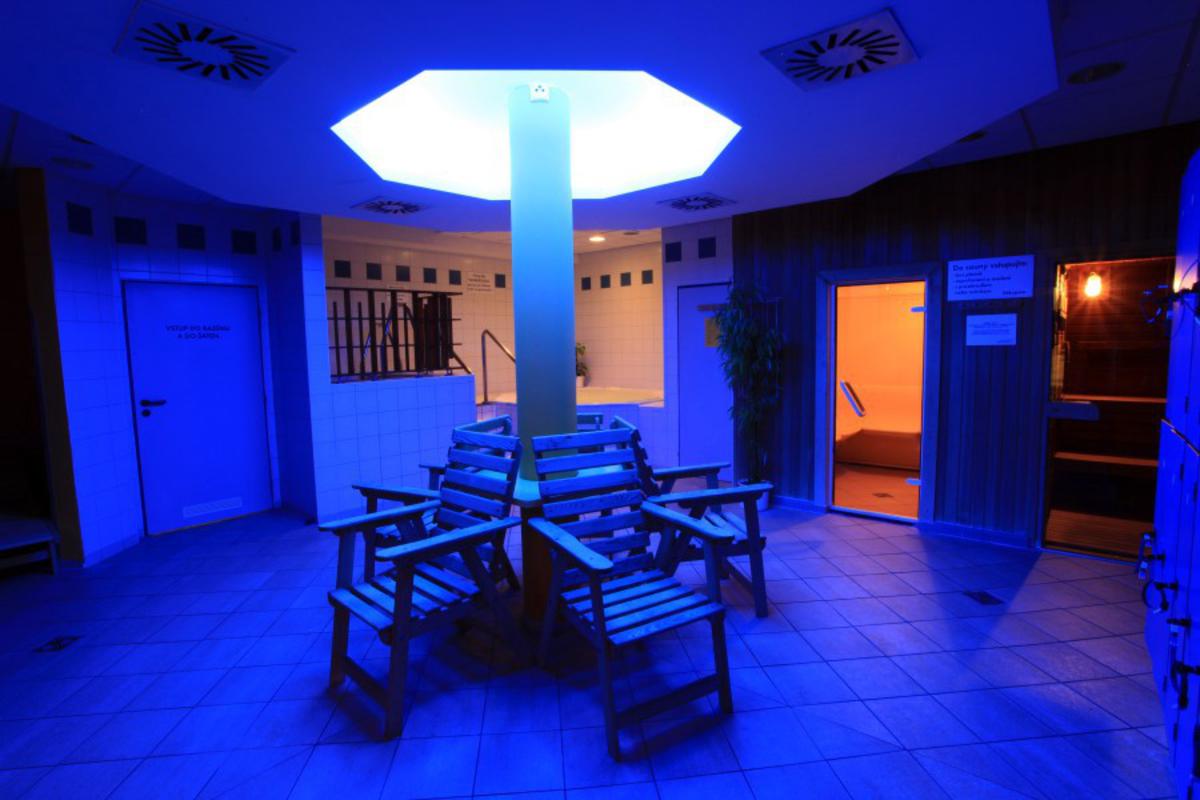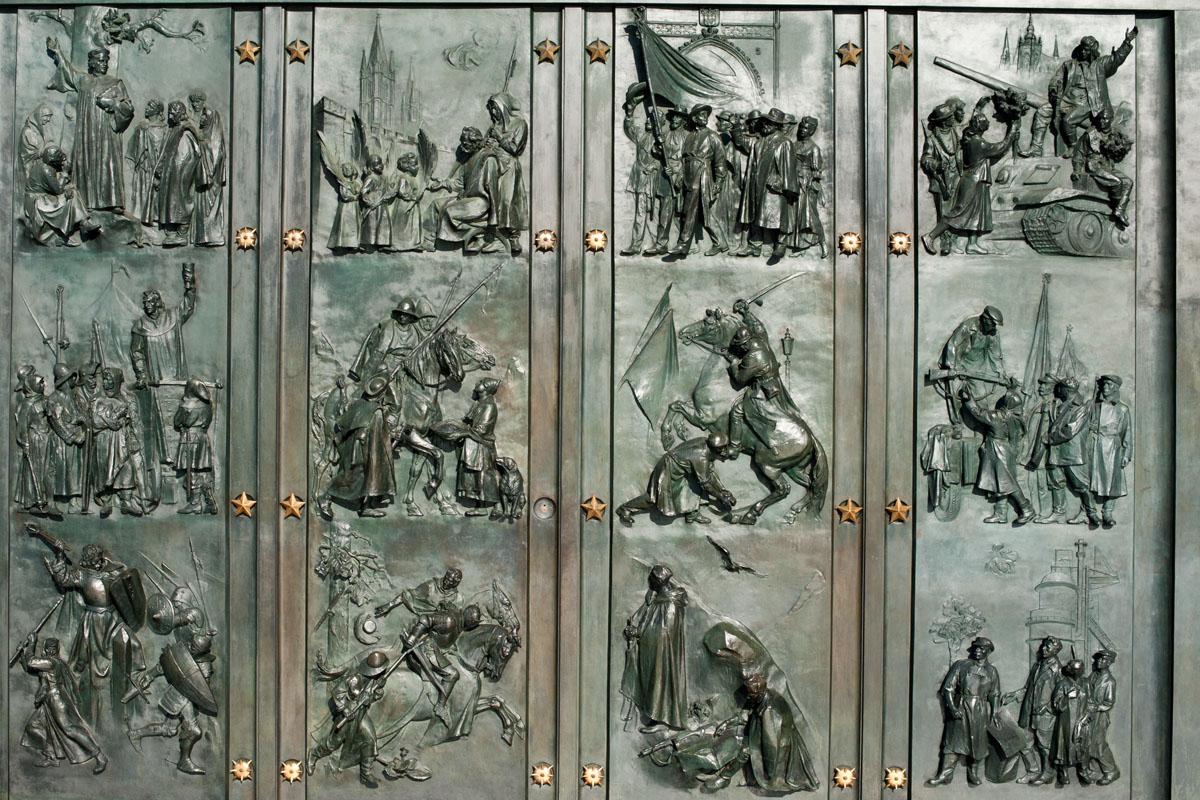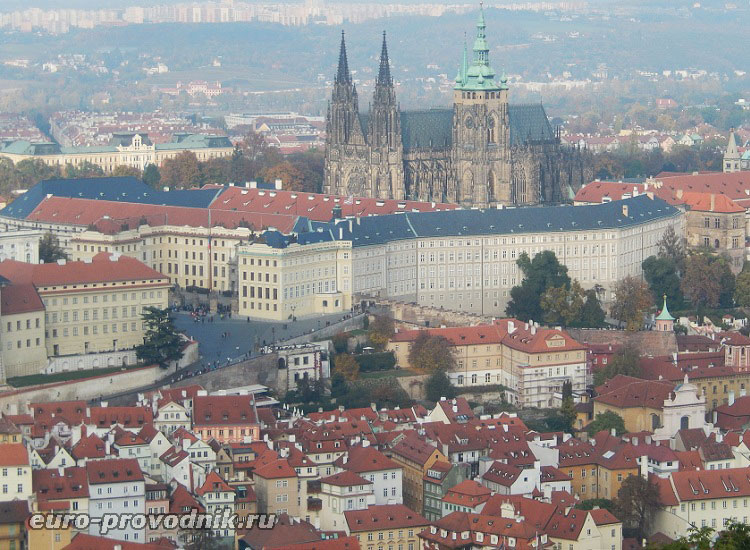Online tour of Italy. Panorama of Rome. Virtual tour of Rome. Sights, map, photo, video. Pantheon - an ancient Roman temple dedicated to all Gods
According to the Vatican! I think that few have been to this unique place on the globe, but there is not a single person who would not know about him)).
The Vatican City is the smallest in the world and is actually the largest open-air museum! It is hard to imagine how in such a small territory of only 40 hectares you can fit a rich collection of works of art. Christian relics and unique creations of great masters are stored here.
Starting a virtual tour (tour), you will visit the beautiful cathedrals of the Vatican and Rome, look at everything with your own eyes as if you were there yourself alive. Thanks to the panoramic view, the possibility of movement and the spiritual chants accompanying the tour, a complete atmosphere of the presence and reality of what is happening is created.
The review is carried out with the mouse, the wheel is used for zooming (the same as it was on trips in, or). Sound can be turned off by clicking the note icon in the left corner of the screen.
After you click on one of the links, a building plan opens with numbers indicating its various rooms (parts). By clicking on them, you will immediately move to the selected location.
To make the tour of the Christian churches of the Vatican and Rome more interesting for you, I will tell you a little about each of them.
Immediately I propose to go to the largest building of the Vatican Basilica di San Pietro - Saint Paul's Cathedral.

The creation of this one of the largest Christian churches in the world was worked by such masters as Raphael and Michelangelo. The Cathedral of St. Peter dates back to 324, when, by decree of Emperor Constantine, a beautiful church was erected over the grave of the Apostle Peter. After it almost collapsed from time to time, Pope Julius II initiated the construction of a grandiose temple.
The length of St. Peter's Basilica is 211.6 m, the dome alone has a diameter of 42 m, its spire is located at a height of 133 m.
Saint John Lateran -. By its significance for Catholicism, this temple is superior to all others. The cathedral dates back to the 4th century, but in its present form it was built in the 17th century.

Five ecumenical councils took place in the Cathedral of St. John of Lateran. The shrines of the temple are considered to be the heads of the apostles Peter and Paul stored in it, part of the sponge with which they watered Christ at the crucifix and part of the robe of the Virgin Mary.
Saint Mary Major - is one of the four main churches of Rome. According to legend, the Mother of God herself ordered the construction of this temple in 352 in the place indicated by her.

Cappella Sistina - The Sistine Chapel. This church was built in the XV century. at the request of Pope Sixtus IV, whence its name comes from.

The wall paintings of the chapel were made by Sandro Botticelli, Michelangelo and other famous masters. The most beautiful frescoes were called to tell about the life of Moses (Old Testament) and Christ (New Testament).

This church is the only one that has largely retained its original appearance.
Michelangelo has been working on the Last Judgment fresco for 6 years! In it, the great talent of this ingenious artist is most clearly displayed.
Friends, I’m sure that the virtual tour of the Vatican did not leave you indifferent! Recommend it to your friends by clicking on the buttons of social networks under the article. Thanks!
The history of Venice totals one and a half millennia, full of turbulent events. Wars and armistice, crusades and imperial claims, the heyday of trade and banking - Venice has long been independent, wealthy and successful.
Being in the center of Europe, and, therefore, in the center of events, Venice experienced both prosperity and decline, and again prosperity. Today it is one of the most famous cities in the world: 15 million tourists coming here every year cannot be mistaken.
Venice is called the "city on the water." It is interesting that in Western there are several other cities whose canals serve as streets. So, the Belgian Ghent lies on 26 islands connected by 207 bridges. The capital of Holland is located on 26 islands. But Venice holds the championship by this criterion: it’s hard to break the record of 118 islands, 150 canals and 400 bridges!
And as a result, transport in Venice is very peculiar. There are no roads, cars, taxis, buses, trams and even bicycles. Here, either walk or use water modes of transport: boats, boats and gondolas. Moreover, the latter is not so much a means of transportation as a romantic attraction for tourists willing to pay 100 euros for half an hour of a boat trip.

Everything in the gondola is thought out and symbolic. Its dimensions and design have not changed for centuries and are fixed by law: 11 meters long, 140 cm wide and flat bottom, and asymmetrical shape - the left side is 24 cm longer than the right one. This allows the gondolier to control while standing on the side of the line dividing the gondola along and in half. At full load (up to 1200 kg), the nacelle can go at a speed of three knots, that is, about 4 km / h.
At the end of the 15th century, Venice had from 15 to 29 thousand gondoliers. Together with their families, they accounted for a quarter of the population of the city. Now in Venice there are 425 gondoliers, and this number does not change regardless of retirement or the arrival of new members.
Of course, Venice is not just about houses and gondoliers growing out of the water. Cathedral and St. Mark's Square, Doge's Palace, the Bridge of Sighs, the Grand Canal and many other attractions of Venice are its worthy decoration.

“More magnificent than absurdity, like Venice, no. To build a city where a city cannot be built is insanity in itself; but to build one of the most elegant, grandest cities in such a way is ingenious madness, ”Alexander Herzen described Venice very accurately with these words.
Nevertheless, the creation of such a beautiful city was a real challenge to nature. Uninhabitable plot ... not even land - a plot of water! - turned into a fairy tale: for centuries, builders painstakingly diverted to the sides of the river, strengthened the banks and driven into the ground millions of piles made from a waterproof grade larch.

True, centuries later, it became clear that nature could not be finally defeated. Step by step, the Adriatic comes and wins: only during the 20th century Venice “sank” by 23 centimeters. Presumably, by 2028 the city is completely hidden in the abyss of water.
So we don’t have much time left to admire and remember the elusive beauty of this famous landmark of Italy ...
Photo: Stas Sedov and Dmitry Moiseenko © www.airpano.ru
“Italy Travel Guide” - The education system is complex and consists of several links. The unification of Italy ended in 1871. Then comes the 3-year-old lower secondary school. History. Flag. Italy is located in the extreme south of Europe. Guide. Inclined tower in the city of Pisa. Capital. Many others have also gone down in history. The capital of Italy is Rome (2.6 million inhabitants).
"Renaissance in Italy" - Culture in the Renaissance. 1. Previously, the Renaissance roughly coincides with the 15th century. Frottola sounds. Stages of the Renaissance. Madonna and Child Albertinelli Mariotto. Sandro Botticelli Madonna with a book. 2. High Renaissance the first quarter of the XVI century. The work of Michelangelo, Titian gains dramatic tension, tragedy.
“The Political System of Italy” - Electoral law in Italy has been in effect since 18 years, except for the election of the president in the Senate, where the right to vote comes from 25 years old. The legal system is based on the principles of civil law. The Prime Minister is appointed by the President of Italy and approved by Parliament. The Senate (Senato della Repubblica), consists of 315 people (232 people are elected directly, 83 are proportionally regional representatives, and several people are elected for life);
"Country Italy" - Map of Italy. The capital is Rome. The right bank of the canal ends with the building of the church of Chiesa della Salute. The main waterway of Venice, crossing the entire city, is almost 4 km long. In terms of population, Italy is second only to Germany in Europe. Italy. There are compact groups of Slovenes and even a German-speaking population in the north of the country.
“Italy Country” - The population is about 58 million people. The official language is Italian. Italy. And, of course, everyone knows the Tomato Festival. By religion - mostly Catholics (84%). Tourism infrastructure in the country is well developed. In Italy, about 98% are Italians. About 60% of the cultural values \u200b\u200bof Europe are concentrated in Italy.
"Italy" - PISA - the hometown of Galileo Galilei. The largest active volcano in Europe - ETNA is located on the island of Sicily. Rome. There are monuments and museums that make up the world’s artistic heritage. Venice. Hobbies. Get to know the country. Carnival. In 1990, the tower was closed to the public.
Rome (Italian: Roma [ˈroːma]) is a city, the capital of Italy, the administrative center of the province of Rome and the region of Lazio. Located on the Tiber River. Rome is one of the oldest cities in the world, the ancient capital of the Roman Empire. Even in Antiquity (III century A.D.) Rome began to be often called Eternal (Latin Roma Aeterna). One of the first so called Rome was the Roman poet Albius Tibull (I century BC) in his second elegy. The concept of “eternity” of Rome was largely preserved after the fall of the ancient Roman civilization, bringing the corresponding epithet to modern languages. Rome is also called the "city on seven hills." Initially, the settlements were located on the Palatine Hill, and subsequently the neighboring hills: the Capitol and the Quirinal were settled. Somewhat later, settlements appeared on the last four hills (Celje, Aventina, Esquiline and Viminal).
City location
Rome was founded on the left bank of the Tiber River, 25 km from the Tyrrhenian Sea and almost the same distance from the Apennine mountain range, in a valley descending from the Apennines to the sea. Unlike most European cities, urban area is only about a quarter of the area within the city limits.
Ancient Rome
The first settlements on the site of modern Rome appeared long before the traditional date of the founding of the city.
Imperial period
According to the most common legend, the brothers Romulus and Remus, born of the daughter of King Alba Longa, Rhea Sylvia and the god Mars, grew up on the banks of the Tiber. Having restored the rightful ruler of their grandfather Numitor on the throne of Alba Longa, Romulus and Remus returned to the Tiber to establish a colony. A quarrel arose between the brothers: Romulus killed Remus and founded a fortified settlement on the Palatine. In the 1st century BC e. several dates of the founding of Rome were calculated, the most famous of which was April 21, 753 BC. e. Romulus is called the first king of Rome. Total tradition calls the seven kings. Tsar Servius Tullius is traditionally called the builder of the famous Servius Wall. During the tsarist era, the first temples appear in Rome, including the Temple of Vesta and the Temple of Janus. According to the historian Titus Livius, Servius Tullius during the first census counted 80 thousand citizens in Rome.
Republican Rome
For a long time the city was limited by the Servius Wall, which was not so much physical as the sacred border of the city (the term Pomeria was used to designate the border of Rome). As the Roman state expanded, roads were laid that first connected Rome with the colonies in Italy, and then with remote provinces. The central square of Rome was the valley between the Palatine and the Quirinal, known as the Forum. The most important streets dispersed from here: via sacra, rising to the main shrine of Rome - the temple of Jupiter of Capitoline. Parallel to it, at the foot of the Palatine, was via nova and others. Another important area inside the city was the Tiber cattle market - the Bull Forum, which was located in the busiest trading part of the city. In the neighborhood, but outside the city walls, lay a vegetable market. The number of temples of republican Rome ...
It is exactly one year old! Thanks to everyone who left their congratulations - I read each of them with great pleasure! It is very pleasant that my readers are so active and they benefit and enjoy what I do.
Thanks to everyone who answered the online voting questions: on average 160 people answered each question! These results will help me a lot to make the site even better and more interesting. It is very pleasant that the most popular answer to the question “What kind of online services are you most interested in?” Was “” - 69%! This once again confirms my position in the approach to writing articles that information should first of all develop and be useful, and only then entertain.
In second place in popularity were - 35%. I must say that this is one of my favorite topics, because this kind of service allows you to instantly find yourself in a completely different point in the world and see everything with your own eyes as if you were physically transferred there.
Today I suggest you combine education and a virtual tour! We will go to Italy and see all its famous sights! We will visit dozens of cities and see more than 200 virtual 3D-panoramas of famous architectural masterpieces!
ItalyGuides - an online resource dedicated to sights of Italy. You can see thousands of photos of different parts of Italy, learn a lot of interesting things about each city, watch great videos in HD quality.

But most importantly - you can wander through the ruins of the Coliseum and Pantheon in Rome, enjoy the Boboli Gardens and the beauty of the statue of David in Florence, walk along the ancient streets of Palermo, swim in a gondola along the canals of Venice and much more! The beauty of Italy did not leave anyone indifferent!
On the main page of the site is located on which Italian cities are indicated by small icons with a photograph. Choose any of them and the pop-up link will take you to a page entirely devoted to the city and its attractions.

By clicking on the preview of any of the sights, you will be taken to its virtual 3D panorama. You can look around, zoom in and out, open the panorama in full screen. All this allows you to fully believe in the reality of what you see).

Besides photos of italy and 3-D panoramas of wonderful corners of this amazing country on the site you can also download for free audio guides (in English) for Rome, Florence, Venice, Pisa and Naples.
By downloading them to any mp3 player, you will actually receive your personal and tour guide and will be able to go to Italy absolutely calmly, without fear of missing any significant sights!

Before you take a virtual tour of Italy, watch an interesting video about one of its most beautiful cities - Florence:
Friends, have you ever been to Italy? What are your impressions?




